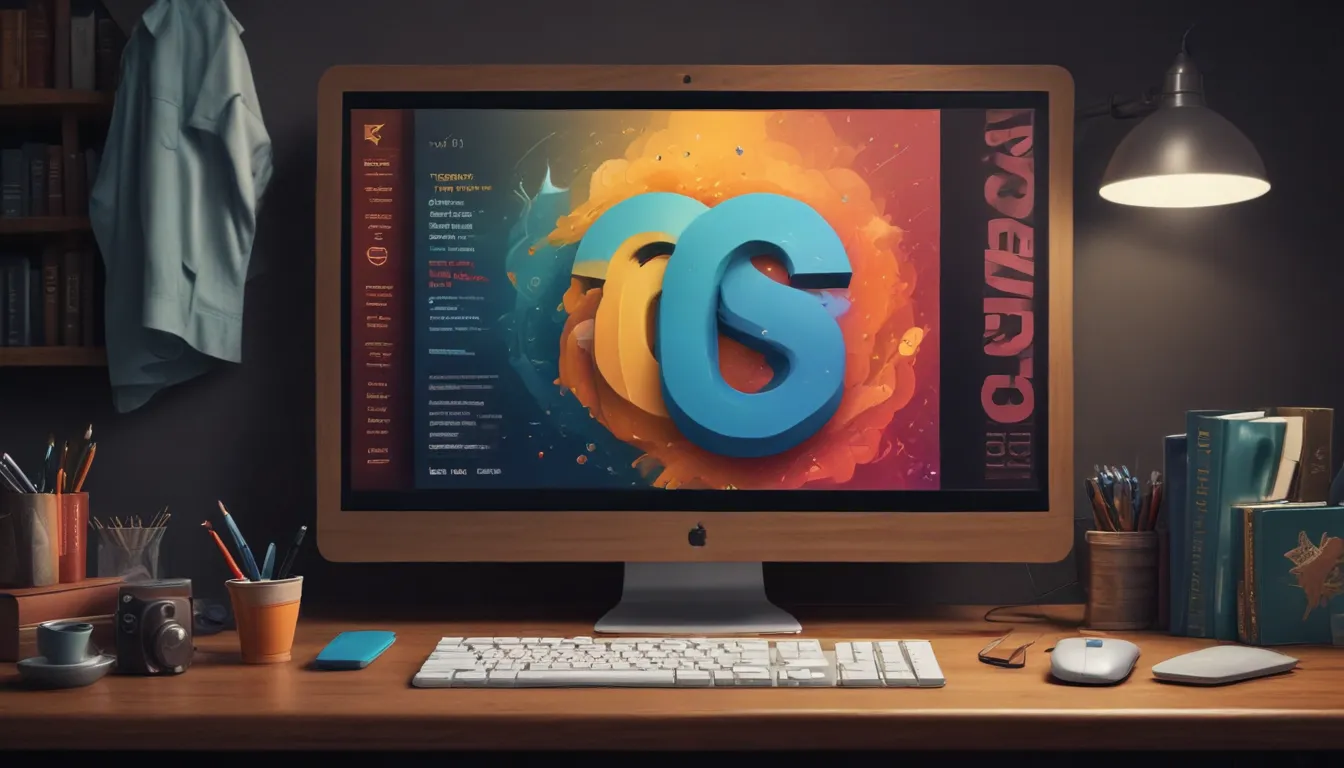A Note About Images: The images used in our articles are for illustration purposes only and may not exactly match the content. They are meant to engage readers, but the text should be relied upon for accurate information.
Welcome to the captivating world of Cascading Style Sheets (CSS)! If you’ve ever marveled at the beauty and functionality of websites, CSS is the wizard behind the curtain that makes it all possible. In this article, we’ll take you on a journey through the essentials of CSS, shedding light on its history, impact, and key functionalities. Whether you’re a seasoned web developer or a curious explorer of the digital realm, this guide is packed with valuable insights to enhance your understanding of CSS and its role in creating captivating online experiences.
The Origins of CSS
In 1994, a visionary Norwegian web pioneer named Håkon Wium Lie proposed Cascading Style Sheets (CSS) with a bold mission in mind: to separate the structure of web documents from their presentation. This groundbreaking idea revolutionized web design by providing a more flexible and efficient way to control the visual appearance of websites. CSS allows web designers to shape the layout, colors, fonts, and other stylistic elements of multiple web pages simultaneously, paving the way for a new era of creativity in web development.
Understanding the Basics of CSS
At its core, CSS is an acronym for Cascading Style Sheets, a fundamental technology used to present the visual appearance of web pages. By defining the style of HTML elements, CSS empowers designers to create cohesive and visually appealing websites. This separation of content and design simplifies the process of updating and maintaining a website, ensuring consistency and efficiency across digital platforms.
Key Functions of CSS
- CSS is used to style HTML elements, such as layout, colors, and fonts, across a website.
- It can be included in an HTML document or linked as an external file, providing flexibility in styling.
- CSS enables web designers to create responsive layouts that adapt to different screen sizes and devices.
- CSS3, the latest version of CSS, offers advanced features like animations, gradients, and shadows.
- Preprocessors like SASS and LESS extend the functionality of CSS with variables, nesting, and functions.
- Frameworks like Bootstrap and Foundation offer pre-built styles and components for efficient design.
- CSS can be used for print styles, ensuring a consistent appearance across digital and print media.
- Layout modules like CSS Grid and Flexbox revolutionize the way web pages are structured and designed.
- CSS allows for the creation of animations and transitions without additional scripting languages.
- Constantly evolving to meet modern design demands, CSS remains a cornerstone of web development.
Enhancing Your CSS Skills
Improving your CSS skills involves continuous learning and practice. Engaging in online tutorials, experimenting with different layout techniques, and staying updated with the latest CSS features and best practices are effective ways to enhance proficiency in CSS development. By mastering the fundamentals of CSS, including selectors, properties, and values, you can create visually appealing and responsive websites that offer a seamless user experience across various devices and screen sizes.
Conclusion: Unleash Your Creativity with CSS
In conclusion, CSS is a powerful tool that empowers web designers and developers to bring their creative visions to life on the digital canvas. From its inception in 1994 to the cutting-edge features of CSS3, Cascading Style Sheets have reshaped the way websites are designed and presented. By embracing the flexibility and capabilities of CSS, you can craft engaging user experiences and ensure your designs shine on every screen. So, dive into the world of CSS with passion and curiosity, and watch as your digital creations come to life with style and sophistication.
FAQs
What are the key benefits of using CSS?
CSS offers numerous benefits, including the ability to separate content from presentation, enhance website accessibility, and streamline the process of updating styles across multiple web pages. Additionally, CSS enables responsive design, allowing websites to adapt to different devices and screen sizes.
How can I improve my CSS skills?
Improving CSS skills involves continuous learning and practice. Engaging in online tutorials, experimenting with different layout techniques, and staying updated with the latest CSS features and best practices are effective ways to enhance proficiency in CSS development.
Our commitment to delivering trustworthy and engaging content is at the heart of what we do. Each fact on our site is contributed by real users like you, bringing a wealth of diverse insights and information. To ensure the highest standards of accuracy and reliability, our dedicated editors meticulously review each submission. Trust in our commitment to quality and authenticity as you explore and learn with us. We’re here to support you on your journey to mastering CSS and unleashing your creativity in the digital world. Happy coding!






